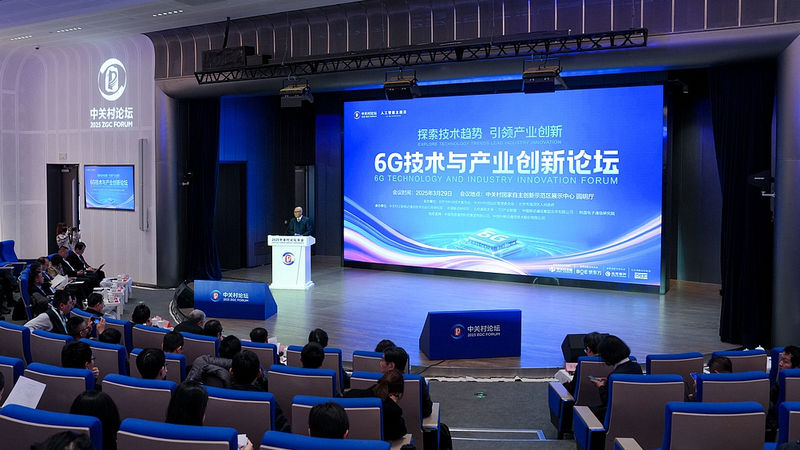At the 2025 Zhongguancun Forum in Beijing, industry experts and innovators gathered to explore the future of 6G technology. The event marked a major milestone as Beijing released its 6G innovation white paper, a comprehensive document that analyzes global 6G strategies and outlines the city’s ambitious plans and recent achievements in fundamental theories, technological breakthroughs, and ecosystem development.
The white paper highlights Beijing’s strong foundation in scientific research, boasting 16 universities with communications programs, over 200 leading scholars, and more than 14,000 researchers dedicated to advancing 6G technology. This wealth of talent underpins the city’s goal of becoming a global hub for 6G innovation and a model city for next-generation application demonstrations.
During the forum, the ZGC Institute of Ubiquitous-X Innovation and Applications, China Mobile, and the Beijing University of Posts and Telecommunications jointly unveiled an intelligent and simplified 6G prototype system. The system, with an impressive transmission speed of 6.6 Gbps, features sub-meter precision sensing and multimodal semantic communication capabilities. Three key features were successfully demonstrated:
1. Dynamic computing power scaling: Adjusts processing power based on real-time needs, ensuring efficient resource allocation.
2. Online capability upgrades: Enables seamless feature updates during network operations, much like app updates on smartphones, enhancing network flexibility.
3. Computing offloading for applications: Connects base stations to AI computing pools, allowing devices such as drones and smart robots to directly access edge computing power, thereby optimizing resource use.
Experts at the forum emphasized the importance of AI-network integration, a trend vital to meeting the diverse demands of intelligent applications. Huang Yuhong, president of the ZGC Institute and China Mobile Research Institute, noted that data, computing power, and algorithms are the pillars of AI development, all interconnected with advanced network infrastructure. Zhang Ping, an academician from the Chinese Academy of Engineering, highlighted semantic communication as a game changer in merging communications with AI by filtering source data to reduce load and boost efficiency.
With 6G standardization set to begin this July, industrial verification planned for 2028, and commercial deployment anticipated by 2030, the innovations unveiled at the forum underscore Beijing’s drive to lead in next-generation connectivity. Running until March 31 under the theme “New Quality Productive Forces and Global Technology Cooperation,” this forum reflects the dynamic interplay between technological innovation and global collaboration.
Reference(s):
Beijing unveils 6G innovation white paper at Zhongguancun Forum
cgtn.com


